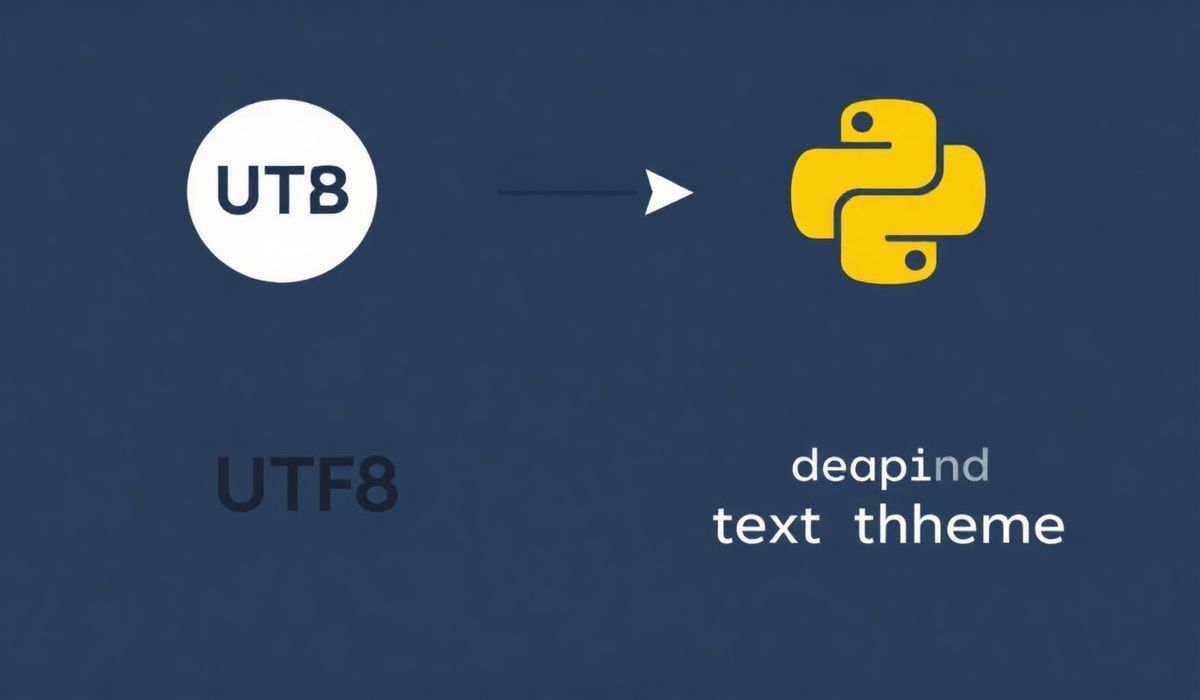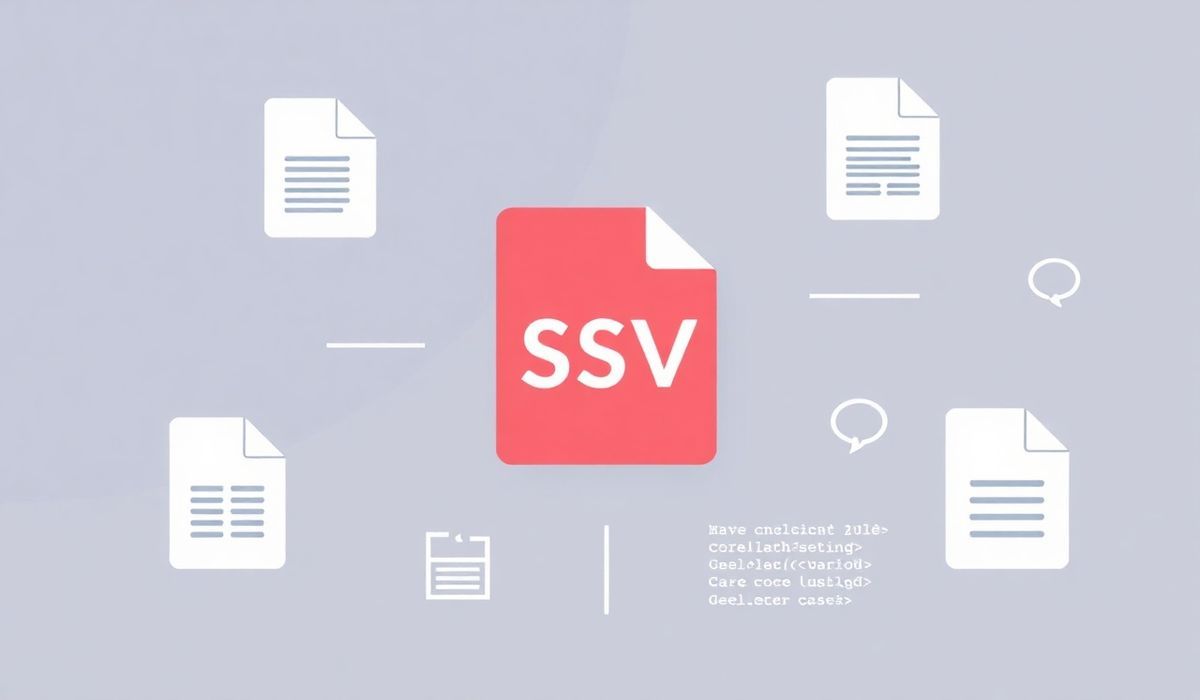Introduction to Charset Normalizer: Decode Encodings with Ease
In today’s world of global applications and diversified user bases, handling text encoding effectively is critical. Charset Normalizer is a robust Python library designed to assist developers in detecting, normalizing, and converting different character encodings. Whether you’re dealing with legacy systems or modern multilingual data, Charset Normalizer ensures text integrity and avoids encoding-related errors.
Core Features of Charset Normalizer
- Automatic detection of text encoding.
- Ability to normalize content across different encodings.
- Support for multibyte and single byte encodings.
- Graceful handling of corrupted, mixed, or unknown byte sequences.
Getting Started with Charset Normalizer
To get started, you can install the library using pip:
pip install charset-normalizer
API Examples
1. Detecting Encoding of a File
The detect function allows you to estimate the encoding of a file or byte sequence. Here’s an example:
from charset_normalizer import detect
with open("example.txt", "rb") as file:
content = file.read()
result = detect(content)
print(result)
# Output: {'encoding': 'utf-8', 'confidence': 0.99, 'language': ''}
2. Normalizing Content
You can normalize a string using from_bytes() method of CharsetNormalizerMatches.
from charset_normalizer import from_bytes
byte_data = b'\xe4\xbd\xa0\xe5\xa5\xbd'
matches = from_bytes(byte_data)
for match in matches:
print(f"Encoding: {match.encoding}, Decoded: {match.text}")
3. Using with Stream
Want to work with data streams? Here’s how:
from charset_normalizer import from_fp
with open("example.txt", "rb") as file:
matches = from_fp(file)
for match in matches:
print(match.text)
4. CLI Usage
Charset Normalizer also provides a CLI tool for quick file analysis:
charset-normalizer -h charset-normalizer --normalize example.txt
Building an Application Using Charset Normalizer
Imagine you’re building a multilingual content processing app where users can upload text files of various encodings. Charset Normalizer can streamline backend operations for encoding detection and normalization.
Application Code Example
import os
from charset_normalizer import from_fp
def process_files(directory):
for filename in os.listdir(directory):
filepath = os.path.join(directory, filename)
with open(filepath, "rb") as file:
matches = from_fp(file)
print(f"Processing {filename}:")
for match in matches:
print(f" Normalized Content: {match.text[:100]}")
process_files("./uploaded_text_files")
With this approach, your app can handle user file uploads with unknown encodings and provide unified, readable text outputs for further processing.
Conclusion
Charset Normalizer is a must-have library for developers dealing with multiple character encoding scenarios. By integrating its APIs, you can handle, normalize, and manage encodings in a reliable and automatic way.




